A few months ago, whilst researching my purchase of a Fuji X100s, I came across a video about that camera by renowned editorial and commercial photographer Zack Arias. In the video, he describes with passion his love for the X100s and indeed swayed me to buy one. Two comments that he made in that video have stuck in my mind. The first was that the X100s was “the greatest camera ever made”. Now this can easily be dismissed as hyperbole and enthusiasm for what is a very good camera, the second comment, however, was somewhat more thought provoking and I think needs some careful examination. His comment was “the DSLR is dead”
Of course, if we take this comment at face value, it would seem an absurd thing to say. DSLR sales are at their highest point ever, everywhere you go, these days, people have DSLRs, mainstream electronics stores both online and physical sell them as main stream products in a way that the humble film SLR never achieved. On the face of it, the DSLR is in rude health.
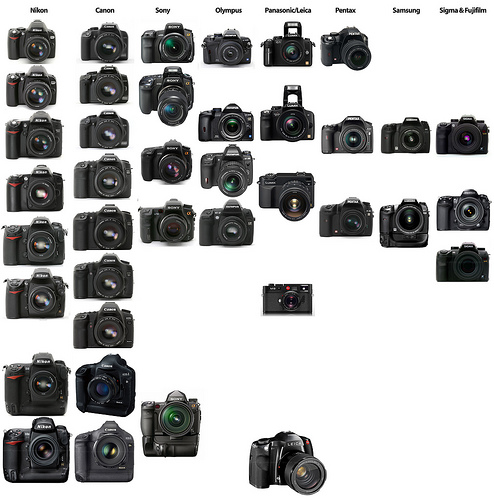
DSLR sales are at an all time high by Derek K. Miller, on Flickr
But then so were digital compact cameras just a few short years ago, now they are in decline, not a gentle decline but a steep and to a certain extent accelerating decline. The reason? Technology moves on, for a product to go into decline there must be something better, more accessible and easier to use and in the case of the compact digital, it was the smart phone.
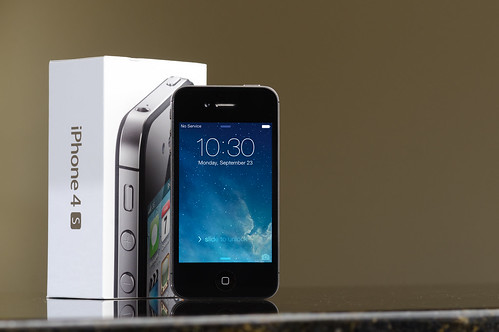
Smartphones are replacing compact cameras by camflan, on Flickr
Now I know we as photographers may not look upon smart phone cameras as being good cameras but we are not the target market. The target market is the average person in the street that wants to take pictures of their family, friends, pets and holidays. What they wanted is something simple that they can point and shoot at will and get good quality images to share online. Smart phones filled that gap.
So what of the DSLR?
What is driving the current demand?
Well, most buyers will have come from digital compacts, people enjoying taking photographs and wanting to be able to do more things than compacts will allow. Some of these people will get serious about photography, some will continue to just take snapshots. However, as we said earlier, technology moves on, and whilst DSLR’s are at the cutting edge of electronic technology, they are still firmly rooted in the past when it comes to ergonomics and mechanics.
In common with their film SLR predecessors, they have a great deal of clunky, some might say unnecessary mechanics that in this day and age can be replaced by electronics. The mirror is the most obvious example, it is a highly complex part of the camera that takes both a lot of space and of course power. The mirror is needed to give us that live physical view through the viewfinder that we all know and love. The shutter is another example of this older technology. The upshot is that DSLRs remain quite bulky and cumbersome compared to new technology.
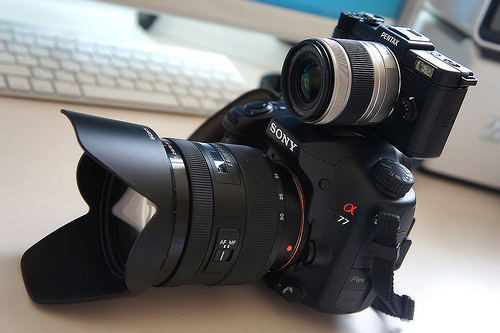
Size is not everything by 아우크소(Auxo.co.kr), on Flickr
So what of this new technology?
Well at the moment, one of the growth areas is the mirrorless cameras. These cameras use electronic viewfinders to remove the need for both a mirror and a pentaprism, resulting in a much smaller, more manageable camera. Are electronic viewfinders as good as an optical one? No they are not, but neither were camera phones as good as a compact camera a few year ago.
The Fuji X100s, that I bought has an optical, rangefinder style viewfinder in addition to an electronic viewfinder. Is this as good as an optical viewfinder on a DSLR? No, in my opinion, it’s better. The use of electronics has allowed for an optical viewfinder that has a much greater than 100% field of view and then uses a kind of head up display projected in the viewfinder to show the frame size, grid lines, parallax corrections and much other information. It is simple the best viewfinder I have ever used.
The technology to produce smaller, more ergonomically pleasing cameras yet with better image quality, is accelerating rapidly. We as photographers want a camera that allows us to connect with our subjects yet become a part of us as we shoot. These new, more compact yet fully featured cameras are allowing us to do this. We still have interchangeable lenses, we still have great quality but what will also gain is the compactness and discretion of a smaller camera. Where photographers go, the mainstream will follow.
Is the death of the DSLR greatly exaggerated?
Yes, but its demise has started and as a lifelong SLR user, that is something I never expected to say.



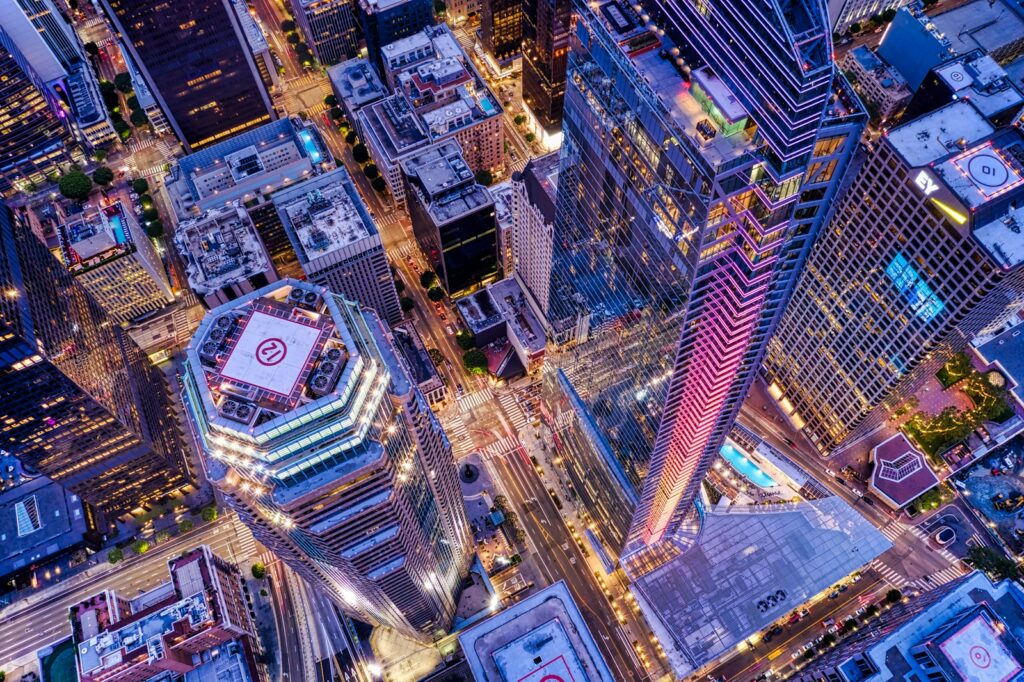
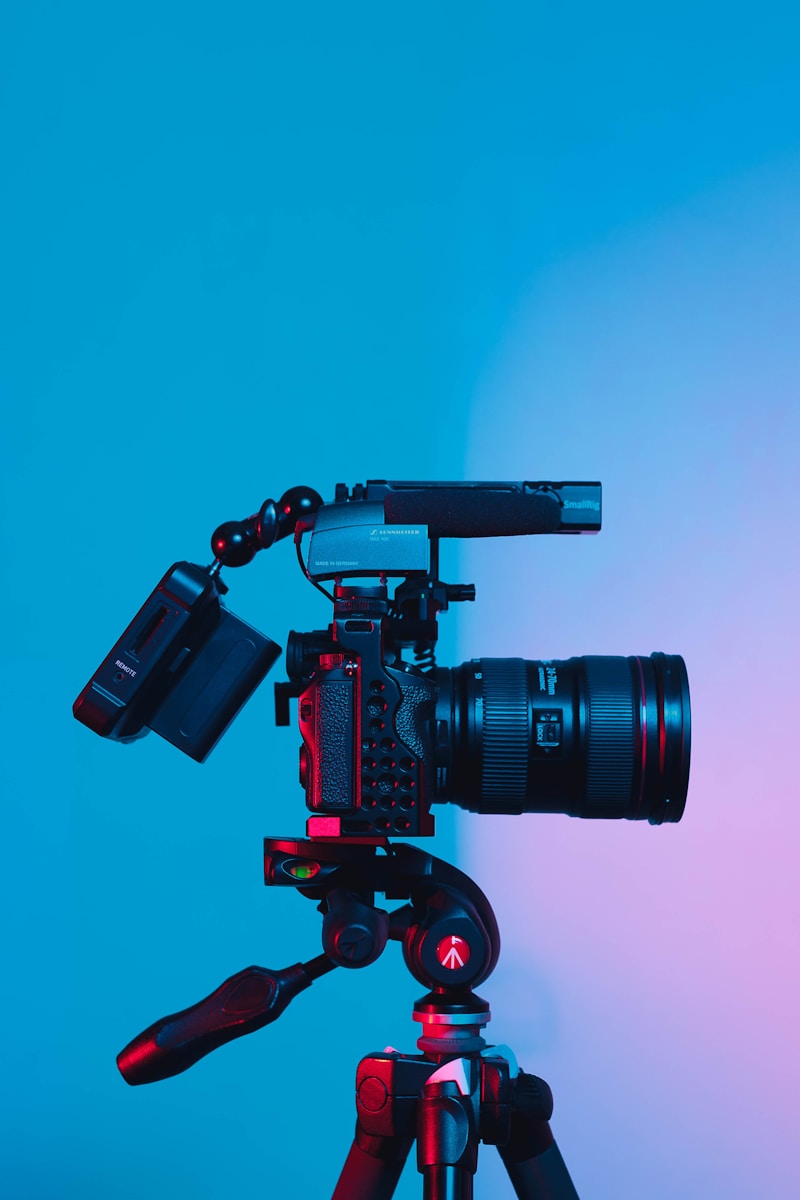
22 Comments
the death of a dslr has been greatly exaggerated, true. but there is also one point that i might have to stress, how many of us would want a compact camera? which would look and feel small and probably not camera’ish’. even smart phones where the death of old and bulky mobile phones but as you see the market is moving again to larger and bulkier phones, reason being aesthetics and ergonomics. so i feel that dslrs are going to be in the market for a long time to come.
I’ve been a pro photographer for 50 years. Have had my hands on the FujiX100s for less than 12 hours. Delighted with it. Have decided it is going to replace one of my two Nikon DSLRs. Not the end, but perhaps the beginning of the end.
The death of the dslr has been exagerated but with the new sony its slowly becoming something that isn’t far of in the future
I feel the DSLR will be here for a long time. I am not a pro but my cannon 60D feels good in my hands, I like the weight and the amount of lenses available to me. I do not see mirror less cameras with an 800mm in front of it. They will find their place in photography but will not replace DSLR’S
So agree with you
No more the death of the mirror than digital has been of film or MP4 of CD or CD of vinyl. If the demand is there then its a sure thing someone will be tempted to fill that demand.
Mirrorless will make things easier but enjoyment of ANY hobby is rarely about the shortest and quickest route to the best results. Lets face it, its why a lot of people like to paint, a hobby where the results are painfully slow, the materials expensive, messy and the results at best, often questionable.
For the amateur at least, the journey is as important as the destination.
Technical excellence is fine for the technophiles ( read nerds ) and for those who only care about results (read professionals).
You want to watch your film at home or do you prefer the ambiance of the cinema?
Its nice to have a choice. My hobbies are for my enjoyment, its not a fashion show. I will use my Nikon D800 for time-lapse and astrophotography but still like to drop a roll of film in to my 40 year-old Pentax when I want to do some film processing.
What I do demand is that photography retains its challenge.
I don’t know about the death of DSLRs as a photographer, but in filmmaking terms it’s only the beginning. I’d say it’s more of an audience shift instead of a death.
For me, it’s not necessarily the size or weight of the camera. It’s the sensor, I have I one full frame D3. I find the results I get from the D3 worth lugging it around. I have lots of other cameras, all we’ll chosen. But they are not full frame, and that is why I accept the hassle of a big heavy D 3.
While I can completely see the benefit and the quality of the Compact mirror-less cameras, I also see that their styling is it’s own issue. For me the fact that these cameras are so compact are a main focus of my dislike.
As a photographer, I personally find that my hands have hard time holding a mirror-less without hitting the touchscreen, I also find that the lack of weight makes some landscape photography more difficult, and I find that as a burgeoning film maker, the mirror-less are super difficult to hand jib or move fluidly. While the smaller DSLR’s have just a bit more weight and therefore are easier to manage under these circumstances.
While I do like much about the mirror-less, I’m not so sure about selling all my DSLR stuff just yet.
Don’t you think that popular taste in photography is changing, as well, and that is partly fueling the change in camera preference? At least it seems to be for the younger gen. They trend toward the retro, heavily affected look, and often distorted. And it sure looks like they are using a lot of darkroom software on the photos.
My issue is weight, I love the heft of my older SLRs, and after getting a new DSLR I had problems getting used to the lack of heft to it. What I finally did was go out and buy myself a more expensive DSLR in time that gave me what I wanted. I still use my first DLSR, but it’s a kite aerial photography camera, and it works beautifully…
DSLRs will never die.. Why?
Your holding a key nostalgic piece of technology there…. most of us have moved from CD’s to hard drive or cloud tech… But can any of you remember the old dusty valve amps receivers tape decks record players.. that you can still get your hands on for crisp original and yes nostalgic sound!
Nobody thought 35 mm FILM cameras would ever be replaced by digital … My Photog Pro neighbor now owns a DSLR Nikon.
the death of dSLR is exaggerated.
Until optical zoom is surpassed by digital zoom in terms of sharpness and the glass can do wide angle through to extreme telephoto, without loss of clarity and with the minimum of aberration, the dSLR will retain it’s place by my side
I personally can’t keep a camera still enough holding a camera at arms length whilst framing a picture.
The ergonomics of a compact or mobile would make it difficult for me to switch from dSLR. I would also struggle to put one on a tripod in a force 8!
I WEAR A HEAVY STRAP ON THE CAMERA AND PUSH FORWARD ON THE CAMERA TO ARMS LENGTH TO TENSION THE STRAP AND STEADY THE CAMERA. WORKS GREAT. SOLVES MY ESSENTIAL TREMORS PROBLEM. HAVE USED A 500MM OM MIRROR THIS WAY ON MY OLYMPUS 4/3. RESULTS BETTER THAN I EXPECTED.
i ALSO USE A “FOOT TRIPOD” – A 1/4-20 EYE BOLT WITH A LINE ATTACHED THAT I STEP ON AND PULL THE CAMERA UP AGAINST THE TENSION TO STEADY THE CAMERA. (STOLE THAT IDEA FROM A BIG GAME HUNTER.)
HOPE THIS HELPS.
JOHN
Regarding size I just went the opposite from canon 60d to a 1d mk3 for my sports stuff and by going larger and backwards (age wise and megapixels that is not technology wise) I am blown away by how much better that images im getting and how balanced my heavier lenses are so no the mirrorless cameras are not going to replace anything at the semi pro or pro level or whatever new comes along they will be another tool which in some instances will do a better job than the dslr and not in others
About 10 years ago i bought a Mamiya 6. An RF camera. After a few weeks i started to think that the SLR craze of the late 60’s that went on and on was something of a con. LOTS of people didn’t need an SLR and i am sure LOTS of people don’t need a DSLR. But i doubt that that discredits having a camera with a flappy mirror in it for critical focus for specific functions.
I’m 71 and have been shooting with SLR’s first and then DSLR’s, When I die I’m taking my DSLR with me with several extra batteries, but until then I will be using my DSLR”s or my SLR’s to shoot in all situations. When I’m gone I don’t care what the rest of you shoot with.
Today’s generation has little patience in an upbringing of quick and easy. They want to take pictures with less gear and/or multipurpose toys. They want instant uploads to bask in the 10 minutes of glory with likes and shares, and then move on to the next. They identify those with DSLRs as dated and not with it. We all love to shoot, just not with the same toys. It should not be a surprise that Canon and Nikon are seeing a decline.
I enjoyed the ride as a pro while it good and jobs were plenty. It’s their turn now.
“Our youth now love luxury. They have bad manners, contempt for authority; they show disrespect for their elders and love chatter in place of exercise; they no longer rise when elders enter the room; they contradict their parents, chatter before company; gobble up their food and tyrannize their teachers.”
― Socrates
Well, I LIKE DSLRs, and (up to a point) the heavier the better!
Most people complain that Canon 1-series DSLRs are too heavy and bulky. I have no such complaint. I find that anything much smaller is awkward for my man-sized hands to to hold and lacking in the Inertia that makes them easy to keep steady in my hands and balanced with a big lens. I have a pocketable MSC for convenience, but I much prefer using a big, heavy DSLR. I am sure that there are many more like me that do not want a small, light camera all the time.
I expect that EVFs will eventually produce detail indistinguishable from an optical system, and have un-noticeable lag, Then mirror-less viewing really will be an improvement over an SLRs system in every way, considering all the extra features that come with it. For now I still prefer to see the real scene, in real time, via a mirror. For that I am willing to give up the advantages of a through-the-sensor view
In principle an electronic shutter is already superior to mechanical: faster, quieter, no vibration, does not go out of adjustment, continuously variable speeds, and cheaper to manufacture. Nevertheless, with a heavy enough DSLR and a 16Mp to 18Mp sensor (enough for huge prints and for any LCD screen) I see plenty of detail and no unsharpness from either the shutter (on a tripod with mirror locked up) or mirror slap (when hand held). I reckon the mass of the camera gives it enough inertia to minimise any movement, just as the mass of a top darts player’s body prevents the movement of his arm from affecting the stability of his stance.
We are told that part of the need to go mirror-less is that with high Mp counts the pixels on the sensor are getting smaller, so sharpness and detail are affected by even tiny vibrations. But do we need such huge pixel counts? They are a technological miracle. They have some point for very specialised uses, but for most photography I no longer see the point. Nikon and Canon seem to agree with me as their top-of-the-range professional cameras have kept sensors of about 16Mp and 18Mp respectively. I get wonderfully detailed prints up to A2 size from a 16.7 Mp camera. I am told that up-ressed (say, with Genuine Fractals) the same files could produce bill-board sized prints that would bear close-up viewing. So what will we do with 38Mp, 43MP, 50Mp? Print the size of a barn door? Even an 8Mp camera is overkill for most uses (and I include professional use). It it not so long ago that beautiful magazine covers and double spreads were being produced by professionals using 4Mp DSLRs. For me to buy a camera with an enormous MP count would be like buying a 200 mph super car then never going above 100. A racing driver might value a 200+ mph top speed. To everyone else it is irrelevant.
ALL OF US: Let us not forget the art involved, regardless of the equipment.